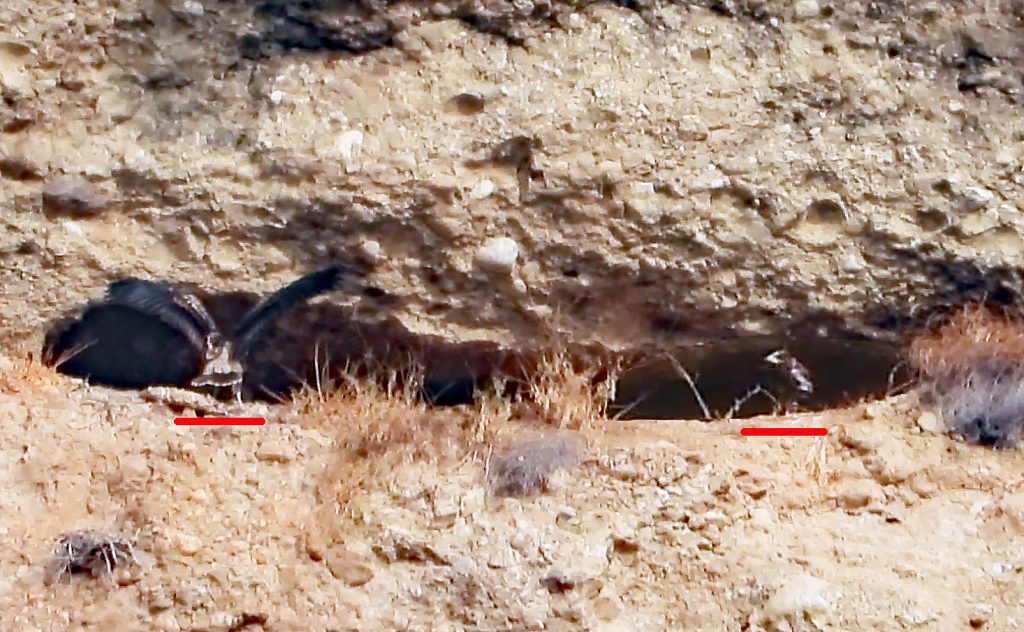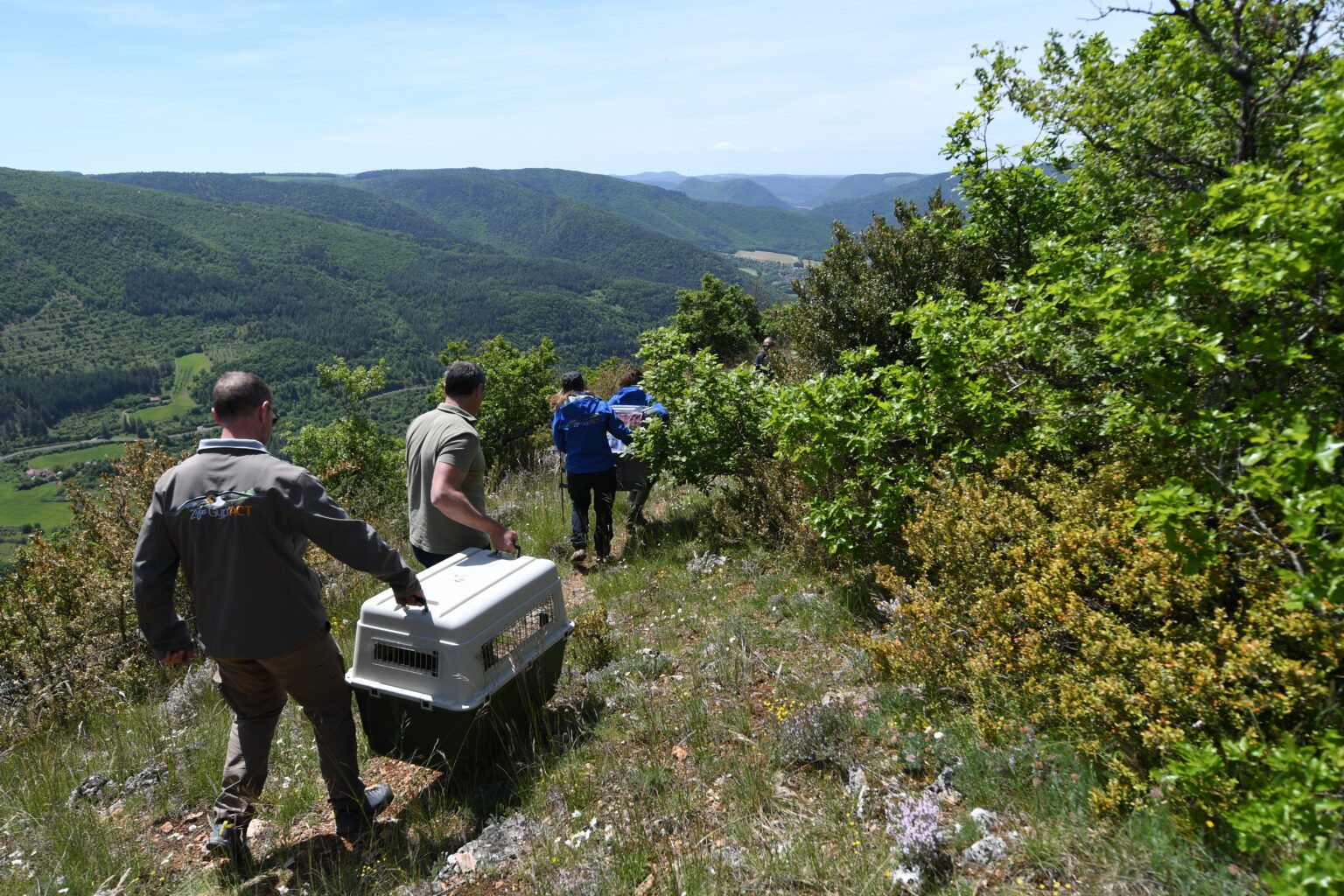
Conservationists have been releasing captive-bred Egyptian Vultures in Italy for years now in an effort to reinforce the threatened local population. In this article, we discuss the restocking efforts, the threats the Egyptian Vulture face like electrocution and the unfortunate fate of Pina, a recently released vulture.
Releasing Egyptian Vulture in Italy using two methods
In Italy, over the last 50 years, the Egyptian Vulture population decreased by more than 80%, with only a few breeding pairs remaining across Calabria, Sicily and Basilicata. The LIFE Egyptian Vulture project is therefore working to improve the conservation status of this species, with active measures to promote demographic recovery and expansion and to mitigate the threats that Egyptian Vultures face, among which are restocking efforts.
Since 2017, the LIFE Egyptian Vulture project has been releasing young vultures that hatched at CERM Centro Rapaci Minacciati Association to restock the highly threatened Italian population of the species. The project uses two release methodologies: delayed release, where individuals aged 1-2 years old are released, and a hacking method, with 3-month-old captive-bred fledglings acclimatised in the hacking facilities before their release.
In 2022, the project released six more Egyptian Vultures in the Murgia Materana Park (Basilicata): in May, Dina and Flora, hatched in 2020, and Pina and Sid, hatched in 2021. In August, two juveniles were released, Victor and Tommy, after an acclimatisation period in the hacking platform.

Initial results from restocking Egyptian Vultures in Italy
The positive effects of releasing captive-bred vultures are already being seen with the example of the Egyptian Vulture Sara. Sara was part of an experimental programme launched years ago (led by CERM with the support of the Vulture Conservation Foundation (VCF) and the Egyptian Vulture Captive Breeding Network) to test release methodologies to evaluate the feasibility and relevance of captive-breeding and restocking efforts with the species. Sara, hatched in CERM in 2015, became the first captive-bred Egyptian Vulture to breed in Europe. After staying four years in sub-Saharan Africa, Sara has been going back and forth, spending the spring and summer months in Southern Italy and the autumn and winter in Niger. When she returned to Basilicata last spring in 2022, Sara was accompanied by her new partner, and together, they managed to successfully hatch and fledge two chicks in the wild. At the end of the season, the entire family moved southward for their autumn migration to Africa.

Electrocution killed the Egyptian Vulture Pina
The success of each release does not solely depend on the fitness of the individual. One of the primary reasons hindering the survival of Egyptian Vultures in the wild, which resulted in their decline over the years, is the increasing threats caused by certain human activities, like the reduction of food availability and illegal wildlife poisoning.
Pina was one of the four Egyptian Vultures released in May 2022 in Basilicata, when it aged one year. Equipped with a GPS transmitter, Pina’s movements could be followed: after its release, Pina stood in the area for some weeks and later moved to the South of Salento. After some days, the technicians following its movements understood the vulture might be in trouble and Pina was rescued on 3 June from a terrace and taken to the Centro Recupero Animali Selvatici in Calimera, where it received initial care. Despite being thin and hungry, Pina was in the good physical condition and was transferred to CRAS in Matera. The vulture made a quick recovery and was released again in the same location at the end of July.
As Pina started its autumn migration, it crossed Campania, Cilento Nature Park and Sicily, showing that it was adapting well to the wild. However, on 24 December, the GPS transmitter indicated an anomaly that led to the suspicion of possible electrocution based on the satellite images of the area. Upon inspection, Pina was found dead after fatally being electrocuted in the branch of a medium-voltage power line that was, unfortunately, not isolated.
The threat of electrocution to vultures
Electrocution continues to be a serious threat to raptor conservation worldwide, responsible for the killing of thousands of birds every year. The Vulture Multi-species Action Plan (Vulture MsAP), co-developed by the VCF and endorsed by the Convention for Migratory Species, concluded that electrocution and collision caused by electricity infrastructures are an under-estimated threat to vultures.
Mainly, only vultures equipped with GPS transmitters are normally detected by local teams, after being informed by monitoring technicians. Generally, predators tend to be quite fast at detecting and consuming dead birds, making it harder to have an accurate estimate of the number of deaths caused by electrocution. According to the LIFE Egyptian Vulture project, at least four released Egyptian Vultures died by electrocution. One of the main actions of the project is to secure 720 power lines (500 in Italy and 220 in the Canarian Islands) in nesting, feeding and roosting areas.





